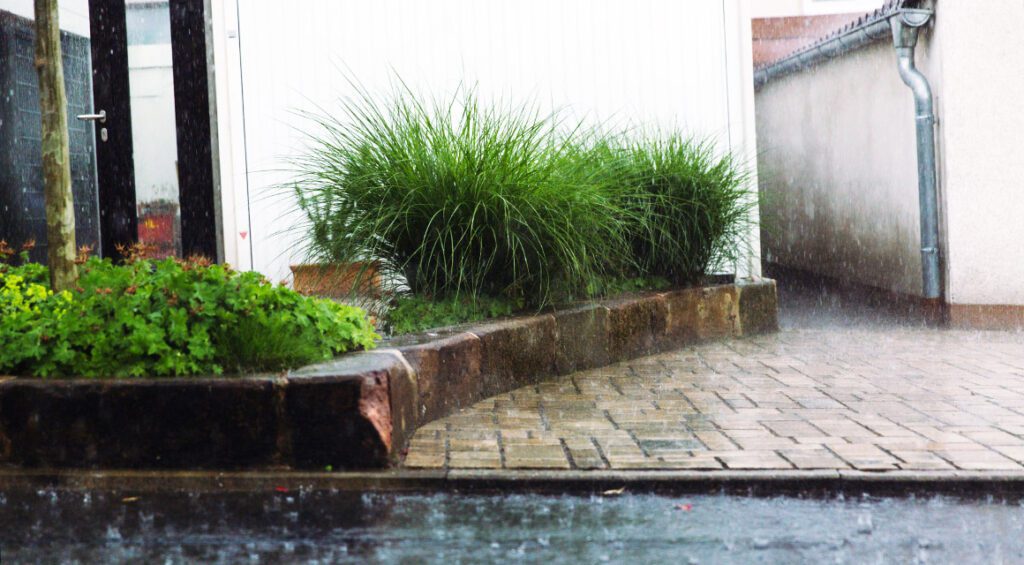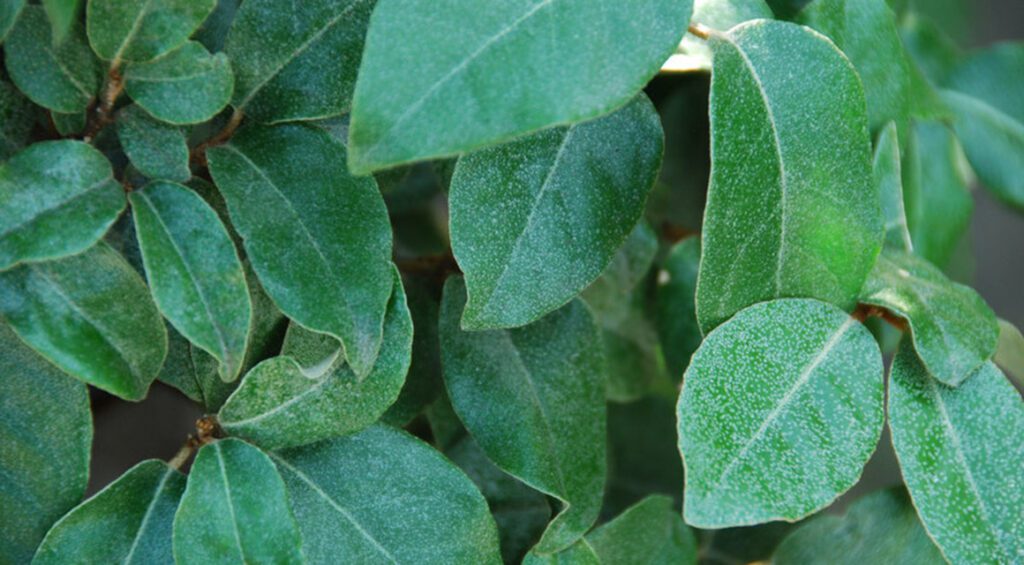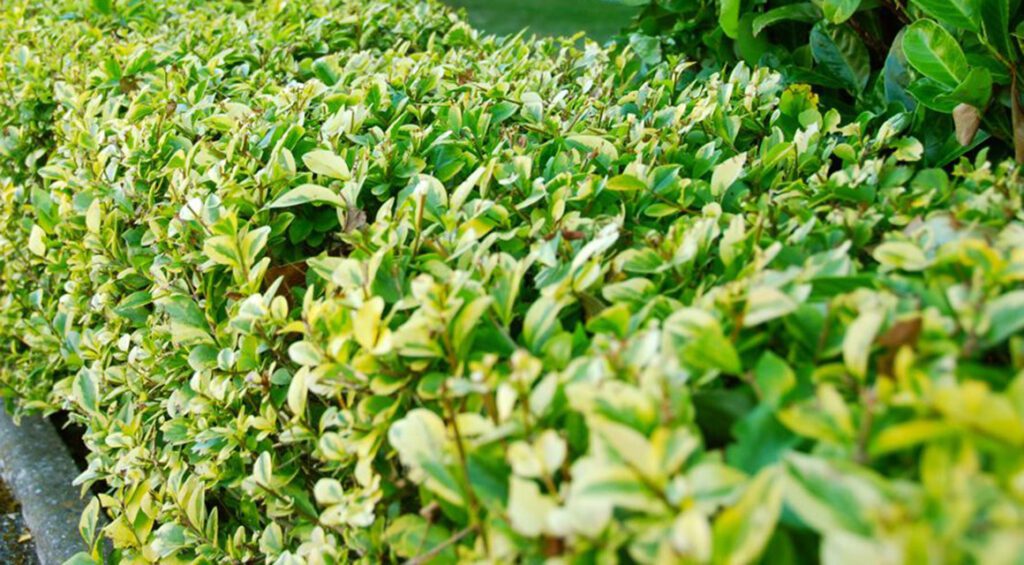In our latitudes it rains a lot and extensively, which is not necessarily a disadvantage, after all, your hedge plants need water to thrive. Of course, if rainwater is available, you will need to water less. Rainwater, however, can become a problem if it doesn’t drain well. The roots will then be in water, to which most plants are very sensitive. Wet soil can also be a problem near bodies of water. However, with the choice of the right hedge plants and a number of precautions, you can plant a hedge in wet soil

Contents
Ensure good drainage
If the soil in your garden is not too heavy, you can already prevent many problems with proper drainage. This can be done already when planting the hedge. And all without complicated and expensive drainage system. First, dig a planting hole or trench for your hedge plants. Drill a series of deep holes in the ground before pouring a little less than half of the excavated soil back in and placing the plant on top. The holes will ensure that excess water can easily drain away and your plants’ roots won’t be damaged even after a heavy shower. Even if you accidentally give too much water, then not much can happen.
Of course, you can also install a modern drainage system in your garden, but in a private garden this is often not necessary. Such systems are more useful for farms. In addition, they are often quite expensive. Most of the time, drainage works just as well if you drill holes for drainage. The only exception to this is clay soil. Especially with heavy clay, it is almost impossible to drain excess water because a heavy clay soil retains a lot of water. Also, if the proximity of water bodies prevents the excess water from draining well, you should take hedge plants that can withstand wet soils well. Then you can still plant a beautiful hedge in your garden and not have to settle for a drab wall or a boring fence.

What hedge plants are suitable for wet soils?
The right choice of hedge plant is extremely important. Not only for soils that drain water poorly. When choosing a hedge plant, always consider the conditions in your garden. For example, plants that are sensitive to wind, of course, do not belong in gardens where strong winds prevail. The same applies to soils that store a lot of water. Popular as hedge plants are conifers. Yews are the best sellers in nurseries and garden centers. With the exception of the ancient sequoia, conifers do not like waterlogging in the soil. The virgin sequoia (Metasequoia glyptostroboides), unlike most hedge conifers, is not evergreen. This should also be taken into consideration. Especially if you want to plant a privacy hedge.
However, there are wintergreen hedge plants that are less sensitive to wetness. Oil willow (Elaeagnus ebbingei) and griselinia (Griseliana littoralis) are pretty hedge plants for gardens near the sea, as they are especially resistant to salty winds. Inland, the deciduous field maple or dimension elder (Acer campestre) is a charming alternative. But the most popular hedge plant for moist soils is the hornbeam (Carpinus betulus). It does not belong to the beech family, but to the birch family, but it is called beech because of its similar appearance. However, unlike the beech (Fagus sylvatica), a hornbeam copes well with moist soils. For this reason, the hornbeam is the ideal alternative to a beech hedge, which prefers dry soil with more sand content.

What else to pay attention to wet soils?
Remember that the hornbeam loses its foliage in winter and therefore can not serve as a screen. This can be prevented with frequent and professional pruning. This is because the hornbeam branches out at each new cut. If you reach for the hedge trimmer often, you will create a dense branching that can serve well as a privacy screen even without foliage. If the clay soil in your garden is not too heavy and you would rather have a hedge that provides privacy all year round, the Oval-leaved Privet (Ligustrum ovalifolium) is the right choice. This hardy hedge plant can also handle air pollution better than others. A moist soil with good drainage is not a problem for this semi-evergreen hedge plant, but it may not be suitable for a heavy clay soil.
Plants that do well with moist soil, of course, need to be kept in mind just as much. Because these hedge plants also need care and good drainage. Only they tolerate it much better when their roots are in water for a while. Not sure if the hedge plants you have chosen are suitable for your garden? Contact our hedge experts so you can choose the right hedge for your garden. After all, we too want your hedge to be a success!

